By Subash Kumar Bhattarai and Sushma Arayal
Understanding the cultural and historical relevance of stone masonry buildings requires putting to rest illusions about stone construction and earthquake resistance.
It has been well observed that lots of the people through different social media platforms are arguably compromising that the stone masonry is not the best construction technology for constructing buildings in the earthquake prone areas and perhaps advocating the use of reinforced concrete buildings for the earthquake resistant. This mass misconception has been misleading the entire public of the mountain and hilly regions across Nepal. But in contrast, it has been seen that the durability and elegance of stonework has made it a popular building material for millennia. However, the misconceptions about stone masonry’s earthquake resistance have persisted, diminishing the credit due to the ancients’ engineering prowess. Common myths about earthquake-resistant design and stone masonry are busted and explored here after.
Myth 1: Stone masonry is inherently fragile in earthquakes
While the reality is that poorly engineered stone masonry poses a risk during earthquakes, numerous historic buildings demonstrate the material’s durability when properly built. The prime examples of Incas of Peru who built their cities used innovative methods to fortify their stonework against earthquakes.
Myth 2: Modern materials are superior to stone in seismic design
While the reality is that stone masonry, with the right planning and retrofitting, may be just as effective as more modern materials like steel and reinforced concrete. The secret is learning about stone’s peculiar qualities and incorporating them into seismic-resistant designs.
Myth 3: Stone structures are more likely to collapse because they cannot bend
While the reality is stone masonry can really be rather flexible, especially when it makes use of interlocking stones or flexible mortar. Their earthquake resilience comes from their capacity to soak up and release seismic energy.
Myth 4: Retrofitting stone masonry is expensive and infeasible
While the reality is that there is a misconception on retrofitting that it is always prohibitively expensive. There are modern, inexpensive ways to adapt buildings, such as shoring up mortar joints, adding reinforcements (both vertical and horizontal), and using foundation isolation. Participation from the community and the use of locally sourced materials can further save costs.
Myth 5: All stone masonry structures are equally vulnerable
While the reality is about the construction methods, material quality, and geographic location are only few of the variables that might affect how vulnerable a stone masonry building is. It’s important to remember that not all stone buildings are created equal, and that many can be made earthquake-resistant with the right planning and materials.
Debunking myths:
To debunk the myths, the truth about Earthquake-Resistant Stone Masonry lies in various aspects like attaining precision, flexibility, meeting modern innovation with tradition, involvement of the community, and continuous research, and development.
A well-cut and precisely fitted stones, as seen in structures like Machu Picchu, create interlocking patterns that enhance earthquake resistance and will attain the required precision.Techniques like flexible mortar joints, tie beams, and ring beams allow for controlled movement during seismic events, preventing catastrophic failure of the stone masonry. Incorporating modern retrofitting methods, such as base isolation and reinforced concrete elements, can enhance the seismic performance of stone masonry. However, the approach of retrofitting needs to be economically and financially justified. Engaging local communities in the preservation and retrofitting of stone structures fosters a sense of ownership and ensures sustainable, cost-effective solutions. This also increases the ownership and transference of the technology from generation to generation. Similarly, investment in the research and development contributes to evolving techniques that improve the resilience of stone masonry as the field of earthquake-resistant design is dynamic.
The construction of a seismic-resistant stone masonry structure necessitates the careful integration of ancient techniques and current technical principles. The following conceptual breakdown shows how such a fusion could be accomplished:
a) Introducing modern precision interlocking stones:
- Traditional aspect: Taking influence from the Inca stone building style in Peru, emphasizing stone interlocking without the use of mortar.
- Modern integration: To create exact fits between stones, using advanced cutting and shaping technologies such as laser cutting or water jet cutting.
b) Use of reinforced flexibility mortar:
- Traditional aspect: Adopting Nepali method of stone binding by utilizing mortar.
- Modern integration: Add modern additives to the mortar mix, such as polymers or microfibers, to increase flexibility and allow for controlled movement during seismic occurrences.
c) Creative Collaboration:
- Traditional aspect: Learning how to incorporate flexible joints from traditional Nepalese builders.
- Modern integration: Using engineered expansion joints to allow for controlled movement, decreasing structural stress during earthquakes.
d) Reinforcement of the foundation:
- Traditional aspect: Maintaining the focus on a strong, well-engineered foundation.
- Modern integration: Implementing reinforced concrete foundations with deep pilings to firmly anchor the structure and resist uplift forces during seismic events.
e) Isolators and seismic dampers:
- Traditional aspect: Incorporating the flexibility notion from past studies.
- Incorporate seismic dampers or isolators between the layers of stone to allow controlled movement while absorbing seismic energy.
f) Bands of reinforced concrete:
- Aspects of tradition: Combining traditional beauty with modern functionality.
- Modern integration: Adding reinforced concrete bands at critical spots to increase the structure’s strength and ductility.
g) Early warning and monitoring systems:
- Traditional aspect: Studying the flexibility of ancient Peruvian and Nepalese architects.
- Modern integration: Installing contemporary sensor systems to monitor structural health and provide early alerts, enabling preemptive measures in the case of seismic activity.
h) Local community collaboration:
- Traditional aspect: Respecting local expertise and skill.
- Modern integration: Involving local people in the construction process to develop a collaborative approach that combines traditional wisdom with modern skills.
i) Ongoing Research and Development:
- Traditional aspect: referencing the historical evolution of stone masonry, adapting, and improving throughout time.
- Modern integration: Investing in continuous research to enhance and advance seismic-resistant stone masonry technologies.
Understanding the cultural and historical relevance of stone masonry buildings requires putting to rest illusions about stone construction and earthquake resistance. The beauty of stone masonry may be preserved, and its durability ensured in the face of seismic threats by combining the knowledge of ancient builders with that of current engineers.
It is possible to develop structures that not only pay homage to the rich cultural heritage but also stand strong against the forces of nature by integrating time-tested principles of traditional stone masonry with cutting-edge technology and engineering methods.
Sushma Arayal is an earthquake engineer by profession and is associated with ACME Engineering College in the capacity of Assistant Professor. Arayal can be reached at Sushma.arayal@gmail.com. Subash Kumar Bhattarai is an engineer associated with HERD International in the capacity of Lead-Health Infrastructure and Policy. Mr. Bhattarai can be reached at subash.bhattarai@hotmail.com. Opinion expressed in this article does not represent the views of the organization where the authors are associated with.
This article has also been published in NEPAL LIVE TODAY
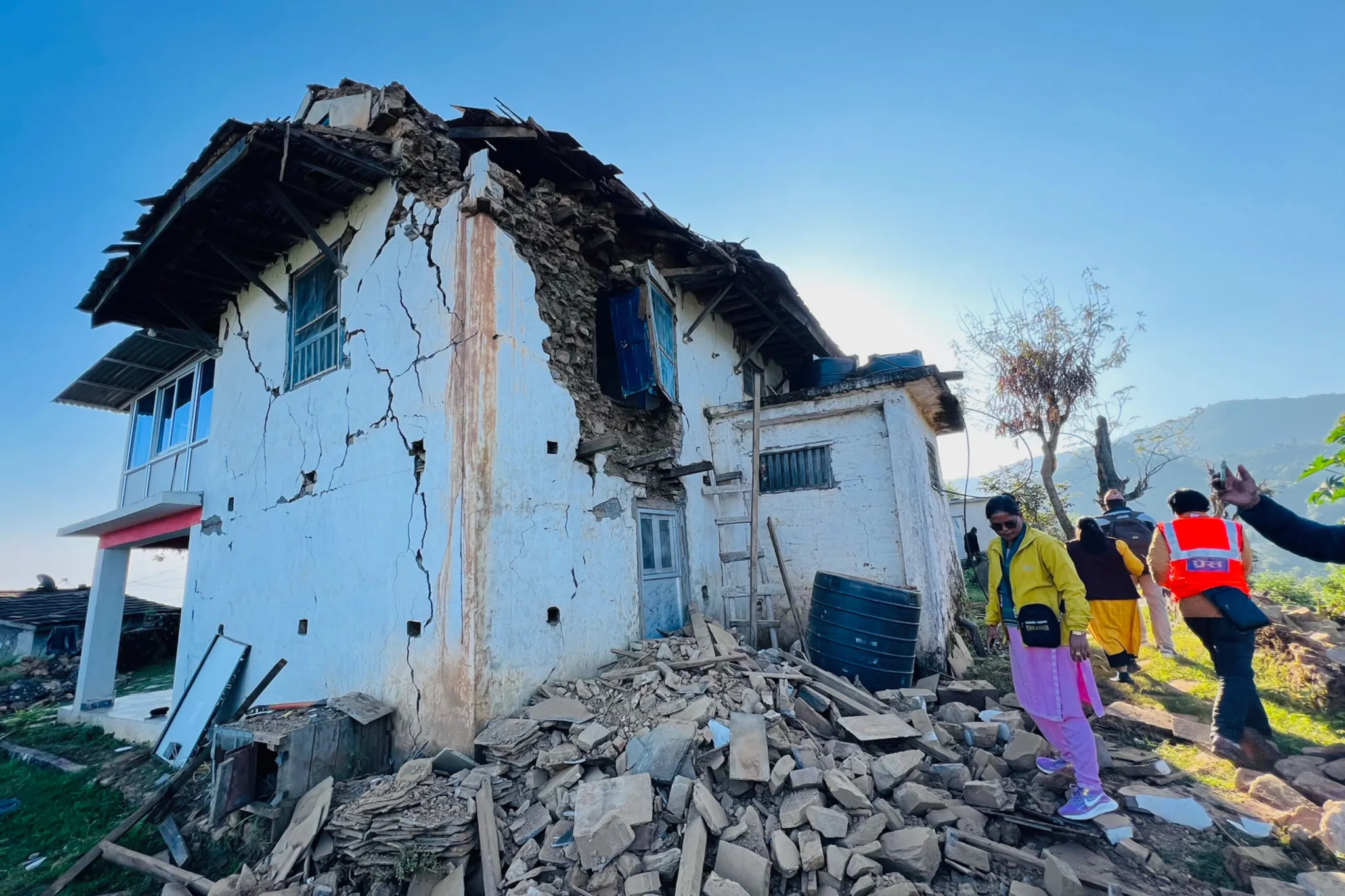


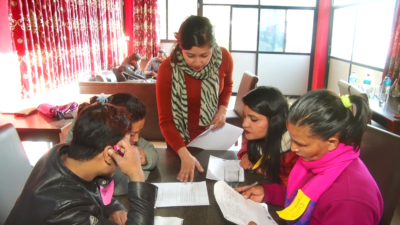


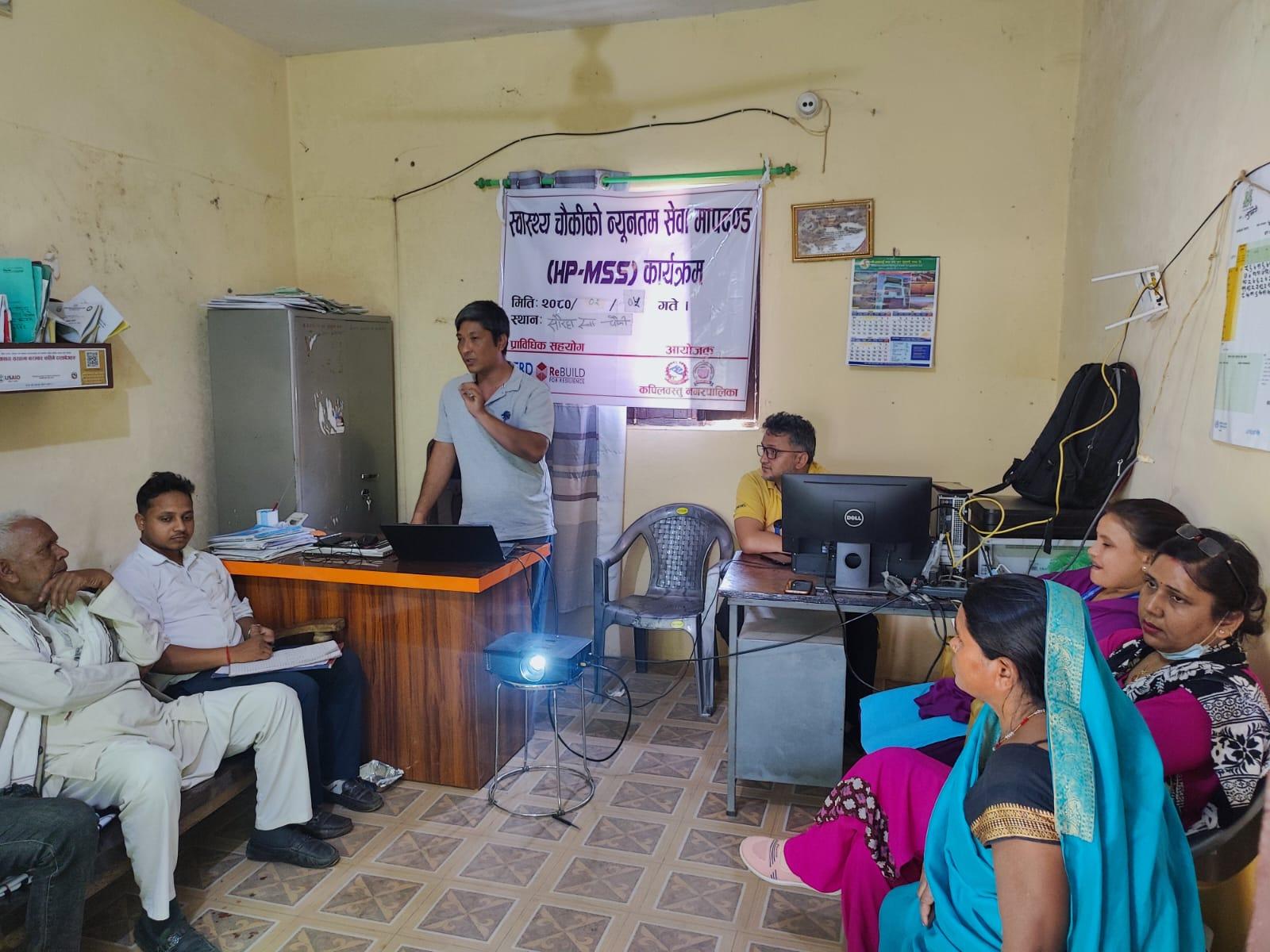
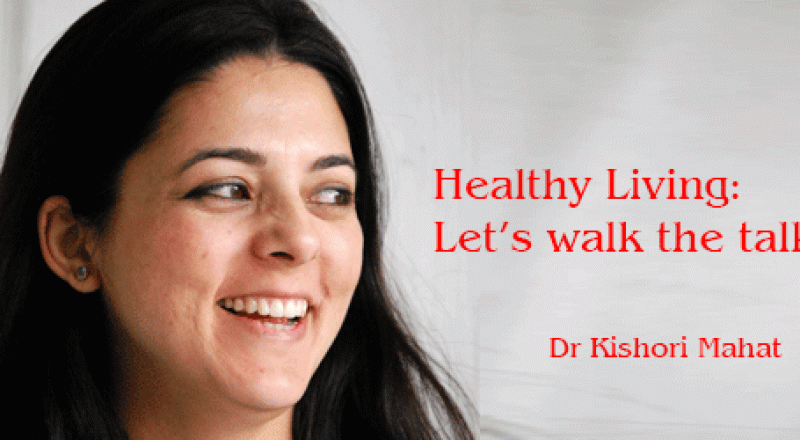
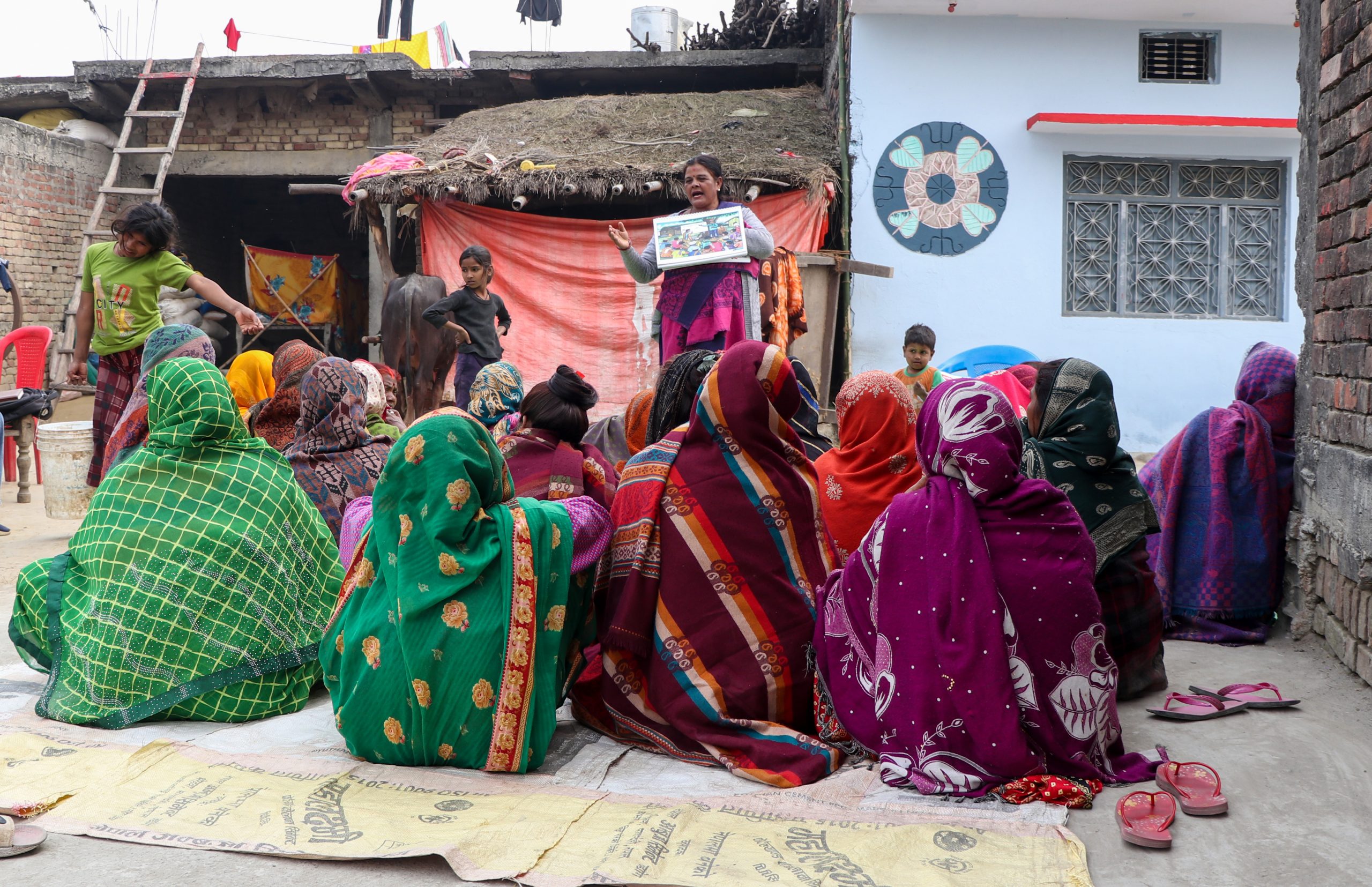

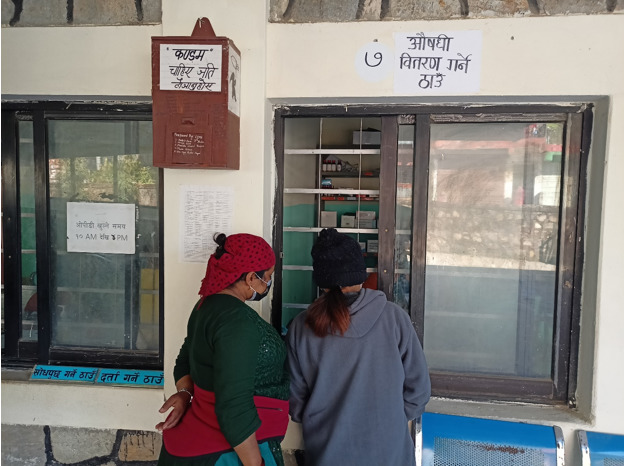
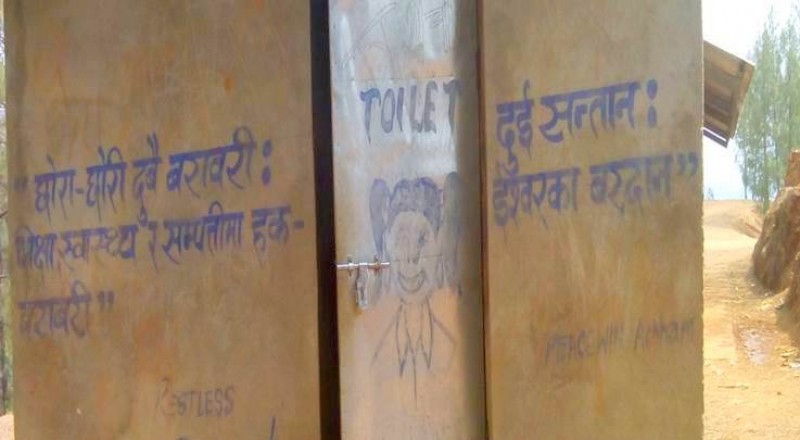
Comments (1)
Hi there,
We run an Instagram growth service, which increases your number of followers both safely and practically.
– We guarantee to gain you 300-1000+ followers per month.
– People follow you because they are interested in you, increasing likes, comments and interaction.
– All actions are made manually by our team. We do not use any ‘bots’.
The price is just $60 (USD) per month, and we can start immediately.
If you’d like to see some of our previous work, let me know, and we can discuss it further.
Kind Regards,
Libby